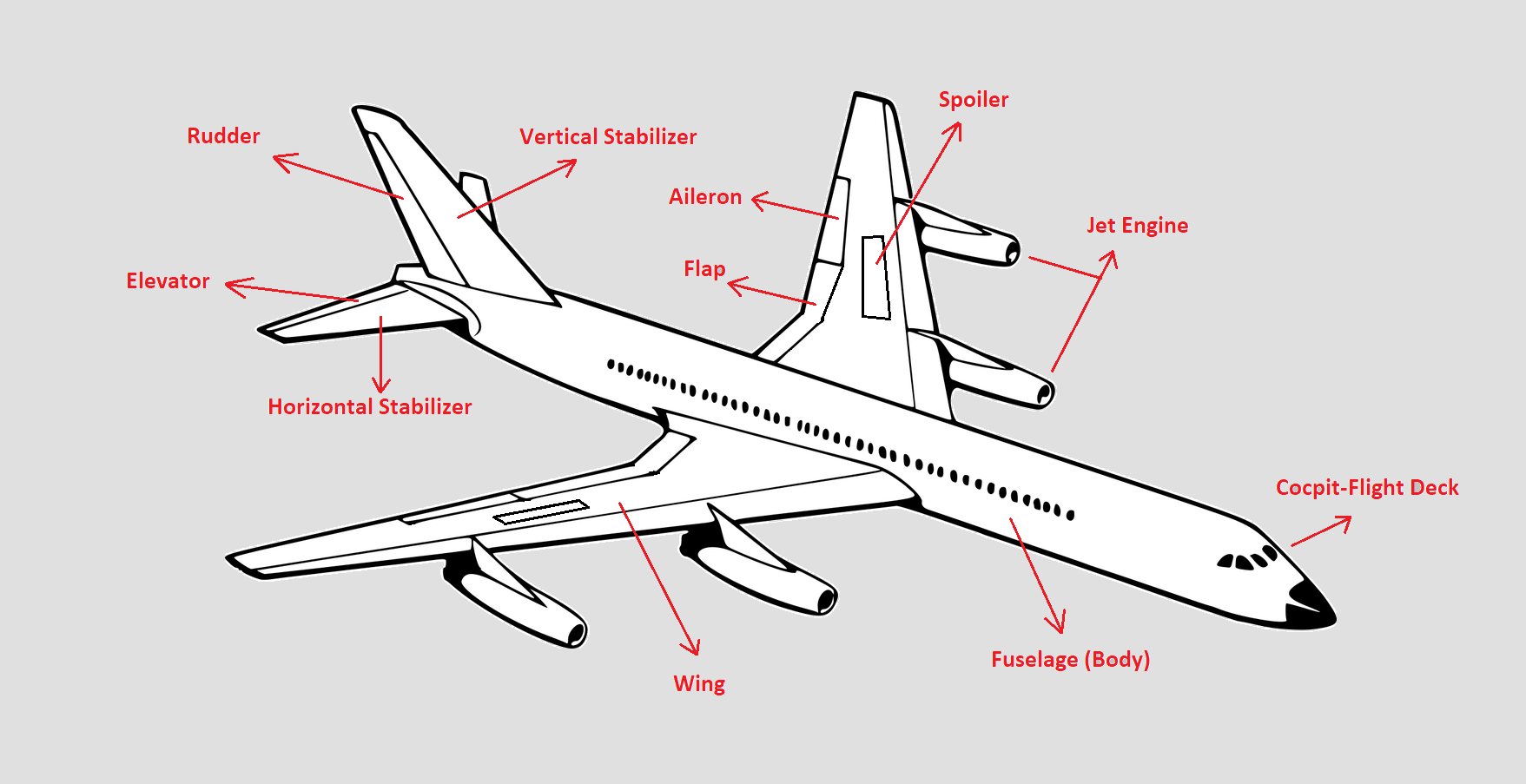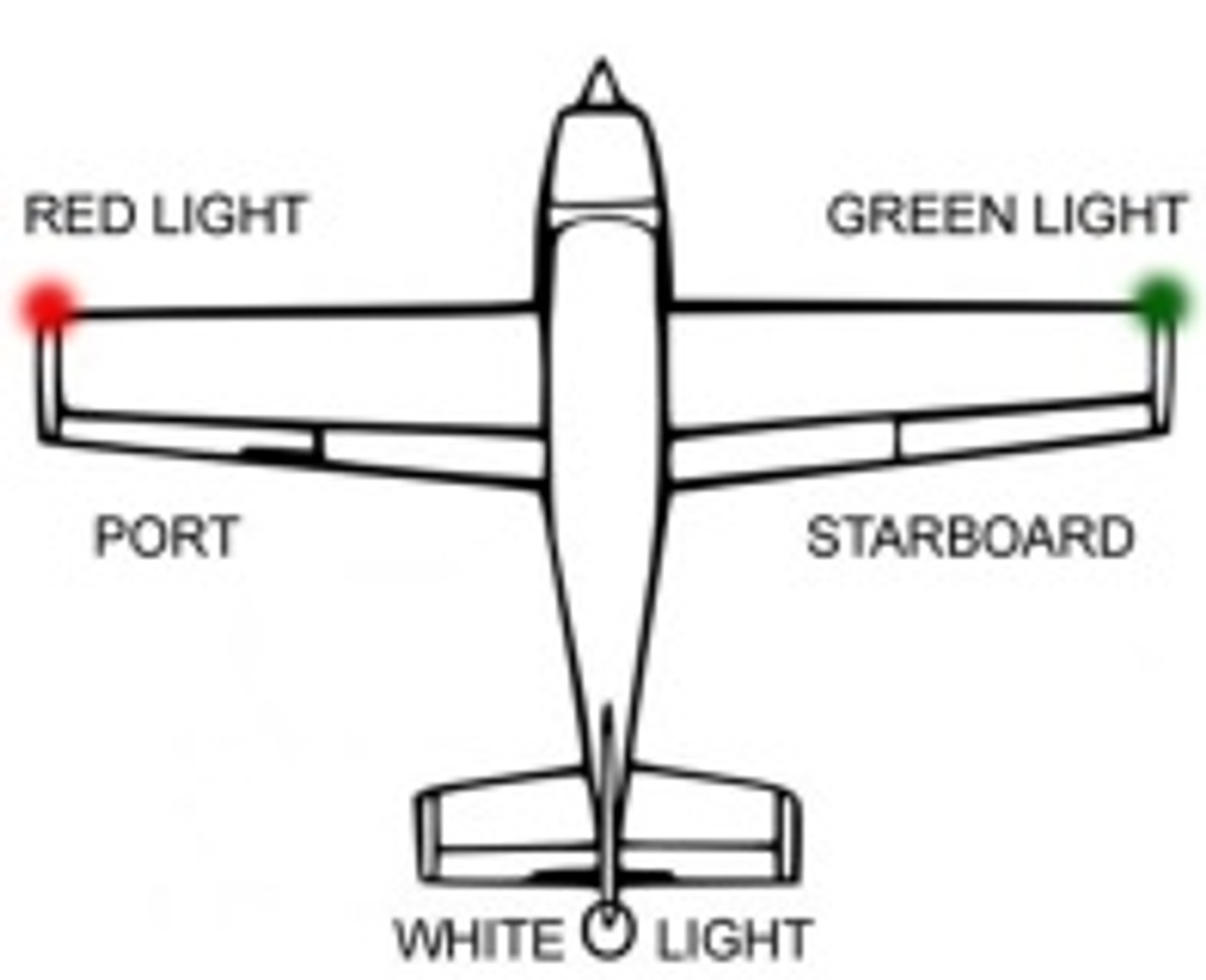Aircraft Port And Starboard - In this article, we will take a detailed look at the parts of the aircraft and see what their purpose is.
The main part of the aircraft, the fuselage and carrier, to which the wings, tail section and cockpit are attached. It's like a human chest.
Aircraft Port And Starboard
Aircraft engines are categorized as Turbo Prop, Turbo Jet, Propeller and Pulse Jet. It provides power for the aircraft's avionics and generates thrust and lift for the aircraft to fly.
Displaying Our Aircraft Mascots: The Rules
The wing is one of the main parts of the aircraft. It has some other parts like spoiler, aileron, flaps and mainly consists of the fuel tanks inside. The right wing is the name of the right wing and the left wing.
Airfoils are panels mounted on the upper surface of the wing that, when extended, increase drag and reduce lift by disrupting the flow of air over the wing. Depending on the type of aircraft, spoilers can perform three different primary functions:
Ailerons are the main flight control surfaces that control the movement of the aircraft about its longitudinal axis. This movement is called "rolling". The ailerons are attached to the outer trailing edge of each wing and move in opposite directions when under manual or autopilot control.
Wings are a high-lift device consisting of a hinged panel or panels mounted on the trailing edge of the wing. When extended, they increase the camber and, in most cases, the chord and surface area, which both increases lift and drag, and reduces stall speed.
File:dihedral And Anhedral Angle (aircraft Wing).svg
Vertical Stabilizer: A fixed part of the wing and used to improve the balance or stability of the aircraft and is located at the rear of the aircraft.
Horizontal Stabilizer: A fixed part of the wing whose function is to stabilize the aircraft so that it flies straight. This prevents the nose of the aircraft from moving up and down.
The rudder is the main flight control surface that controls the rotation of the aircraft about its vertical axis. This movement is called "progress". A rudder is a moving surface mounted on the trailing edge of a vertical stabilizer or rib.

The elevator is the main flight control surface that controls the lateral movement of the aircraft. This movement is called "pitch". This course assumes a certain level of knowledge on the part of the reader and is not formally taught in class – this will be taught at previous undergraduate levels – but:
The Largest Piston Aircraft Ever Made
The basic parts of a standard fixed-wing aircraft are indicated in Figure 3. Flight is controlled by adjusting the aircraft's moving parts and propulsion.
In Figure 4, aircraft control surfaces are colored red and high-lift devices are colored blue. Note that some aircraft have additional flow control devices such as
For most of this course - see Figure 5. In general, wing parameters are usually defined in the gross wing - see :numred:`WingAreas` , \(S\). We depict a simple trapezoidal wing:
, which measures how far the apex is from the root, is measured after shifting a quarter chord line. The
Edu08113 1:48 Eduard Albatros D.v
The length of the wing in the direction of travel (so vertical in the figure). The so-called root chord is usually defined at the centerline of the aircraft, not at the actual root of the aircraft.
Since the plane is not accelerating, the forces must balance. We summarize our forces acting on the aircraft as two aerodynamic forces, a driving force and an inertial force:
It is generally useful to remove units from expressions in design for several reasons.
To remove dimensions from these forces, we divide by something else that has the same dimensions. You have to be satisfied with the fact that the rise is proportional to the "dynamic pressure", \(q_\infty\)
Aircraft Markings Of The World 1912
Where \(\rho\) is the density of the liquid and \(V\) is the density of the liquid. The dynamic pressure dimensions are:
To get a product whose dimensions are equal to the aerodynamic forces, we need to multiply the dynamic pressure
, \(S\), which will be defined in more detail later. However, we now come to the determination of the three-dimensional lift and drag coefficients:
The capital letters \(L\) and \(D\) in the subscript mean that they are three-dimensional lift and drag coefficients. As aeronautical engineers, we often like to look at an infinitesimal slice of the wing, which we call an airplane/airfoil.
Firehouse Arc Cree High Intensity Strobe Light
Although I live and work in America, I am British. Therefore, the letters "u" and "s" are used instead of "z". Aerofoil is British English, Airfoil is American English.
If we want to quantify the lift and drag coefficient on a 2D airfoil, then let's look at
, denoted by lowercase letters \(l\) and \(d\). The corresponding two-dimensional lift and drag coefficients are:

Where we have now introduced a new parameter \(c\) instead of the wing area. This is denoted by \(c\).
Ecfr :: 14 Cfr Part 25 Airworthiness Standards: Transport Category Airplanes (far Part 25)
Airfoil, which is simply the length from the very beginning (leading edge) to the very end (trailing edge).
As mentioned above, an airfoil is an infinitesimal part of a wing that can be represented in two dimensions (this is useful because it is difficult to draw in 3D!). The simplest aerosol is symmetrical.
Aerosol of the simplest thickness - as the simplest "foil" can be considered a flat plate.
The non-dimensional longitudinal axis is the \(x\) direction and the distance from the wing tip (leading edge) to the tail (trailing edge)
Aircraft N61951 (1975 Cessna 172m C/n 17264908) Photo By Zane Adams (photo Id: Ac418413)
The simplest "standard" airfoils are the NACA #4 series. Where the four digits are numbers. The format is \(MPXX\) where:
The airfoil produces more lift and a symmetrically equal angle of attack (before stalling). The curvature line is defined as the location of the points between the upper and lower surfaces. For a NACA 4-digit airfoil whose first and second digits are not zero, it is immediately observed that
You should be satisfied with NACA series 4 and 5 airfoils - these are defined by polynomial functions.

. The code snippet below allows you to display the NACA 4-digit sequence. Click on the rocket and select "launch thebe" or open this page in Binder to change the aerosol part.
Ever Noticed The American Flag On A Plane Before?
. The rate of fall is defined as \(V_\infty\) and the angle of attack is the angle the airfoil makes with the chord line. This angle is given the symbol \(\alpha\) - see Figure 8.
It speeds up the flow on the upper surface and slows down the flow on the lower surface. This has nothing to do with airflow "catching up" at the trailing edge - and while there are plenty of sources for the so-called Bernoulli fallacy, it's completely wrong.
, and found that the airfoil's tendency to "circulate" the air provides lift. Thus, a symmetrical airfoil produces some lift at angle of attack and a swept airfoil produces some lift at zero angle of attack.
An aerosol with a sharp trailing edge, when immersed in a viscous flow field, generates enough self-circulation for the flow to exit the trailing edge smoothly (also known as the Kutta condition)
The C 160 Transall
If the lift coefficient is plotted as a function of the angle of attack, a curve similar to Fig. 9 is obtained. You may notice:
In the case of a symmetrical airfoil, the lift can be determined based on \(C_L=a\, \alpha\), where \(a\) is the slope of the lift curve. If we add camber to the airfoil, we shift the \(C_L-\alpha\) curve to the left. Note that a symmetrical airfoil has zero lift, which occurs at zero angle of attack. The curved airfoil produces \(C_\) \(\alpha=0\) and we note that there are some negative angles of attack at which it produces zero lift, which we call \(\alpha_0\). Figure 10
The lift curve of an airplane wing will have the same slope, so the height of a curved wing can be determined from \(C_L=a\left[\alpha-\alpha_0\right]\).

In general, we can use \(C_L\) to compare aerodynamic performance and note that \(C_L\) is simply a function of the angle of attack. However, \(C_L\) is also a function of two important parameters, which we mention here:
All About The Blinking Lights In An Airplane
The fastest information through the fluid is the speed of sound, \(a=\sqrt\), where the speed of sound at sea level is about 340. As the airfoil disturbs the flow around it, this disturbance propagates with speed. the voice.
As the fluid velocity increases, these disturbances propagate at slower and slower rates relative to the fluid velocity. Although we will not go into the mathematics of compressible flow, we can probably see that the resulting lift depends on the speed of the fluid relative to the speed of sound. So we just defined it
The "stickiness" of the air affects how well it sticks to the airfoil and thus when stalling occurs. It also affects how much resistance is generated. Aerodynamicists use another dimensionless parameter,
Where \(\rho\) and \(V\) are the same as before, and \(l\) is the "character length". If we are looking at aerosols, this will be the chord length. It can be for other problems
Fighter, Mig, Russian, Mig 31, Plane, Airplane, Jet, Military, 3
Port and starboard socks, port and starboard lanterns, port starboard, port and starboard, port starboard lights, boat port and starboard lights, starboard and port lights, port and starboard navigation lights, antique port and starboard lanterns, port and starboard lamps, port and starboard markers, port starboard reading glasses

0 Comments